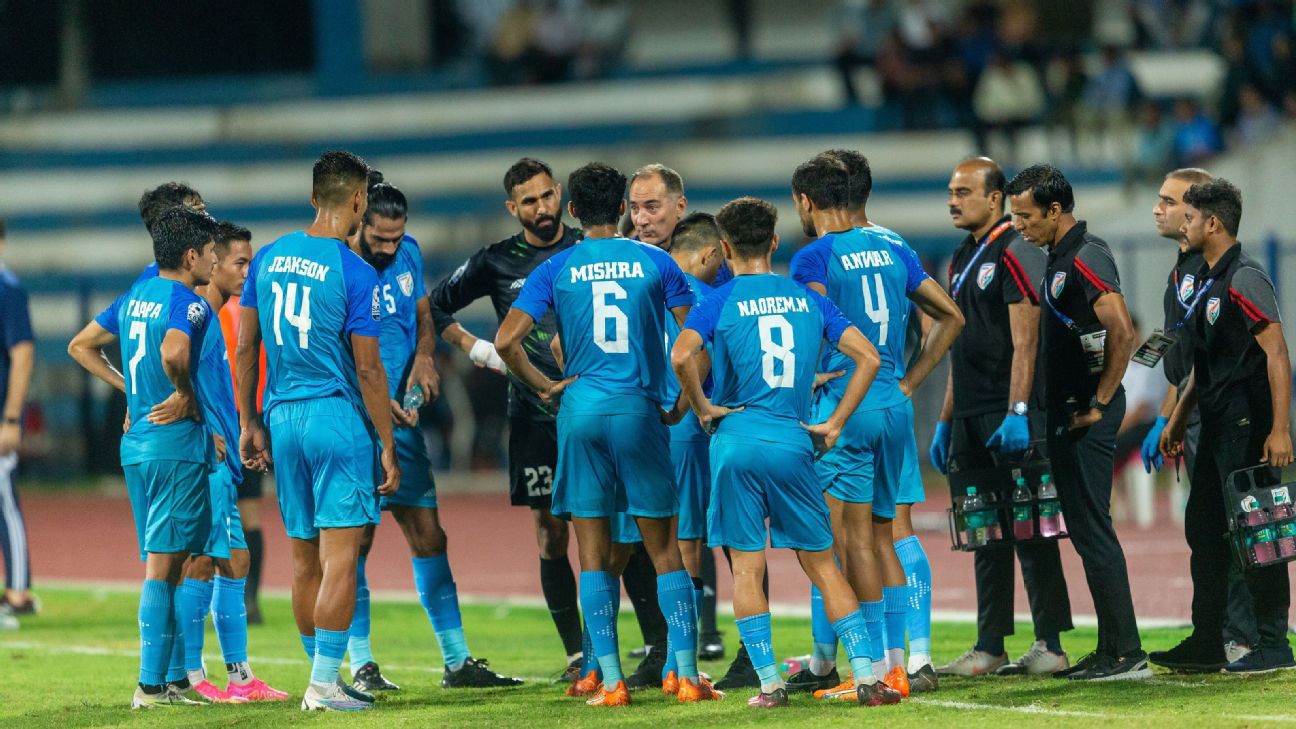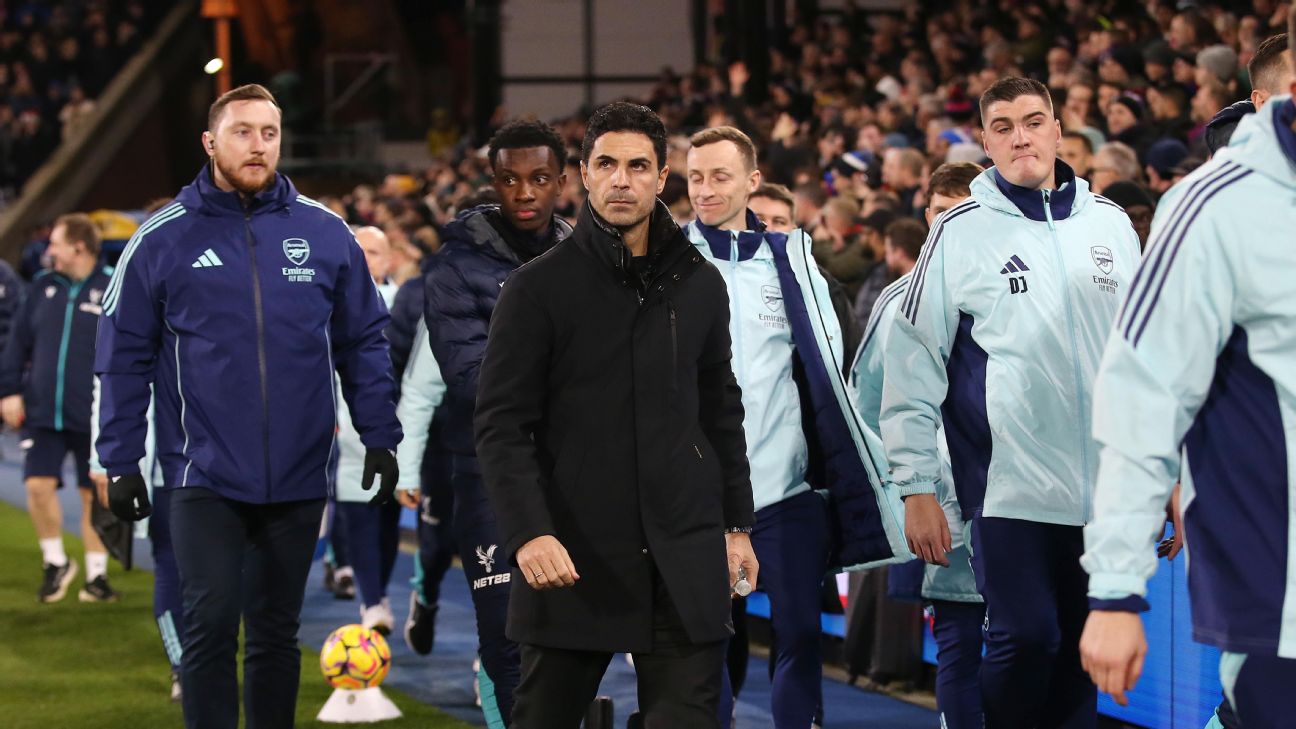Well, this is new. From a problem of too few (matches to play), Indian football appears to have suddenly run into a ‘problem’ of plenty – and that’s caused considerable confusion.
The recent addition of the Asian Games to the calendar has further packed a schedule that already has to factor in the AFC Asian Cup in January. Both events involve the national team, but the loss of key players for extended periods will impact their clubs.
This is the flipside of Indian players becoming more and more important for their ISL sides. While Bengaluru FC’s sheer number of likely absentees makes their impact evident, for other teams even a couple of players missing (like Jeakson Singh and Rahul KP for Kerala Blasters) can have a major effect on the way they play.
Chhetri backs Stimac push for longer camp, says trophies have raised interest in Indian football
The men’s football season starts on August 3 with the Durand Cup, but that’s about all we know for sure. Everything else regarding the domestic calendar is up in the air after it was confirmed that the Indian men’s football team would compete in the Asian Games 2023.
Now, the Durand Cup, or indeed any other pre-season tour/matches, would have been aimed at allowing the coaches to get players match-fit for the season.
The previous season began on October 7, but it was already expected that this would be brought forward considering the AFC Asian Cup will take over most of January. And then there’s the small matter of a four-week pre-tournament camp that both national team coach Igor Stimac and senior players are vocally pushing. If that is allowed (FIFA mandates only a five-day pre-tournament camp, so clubs can contest this), that’s two whole months gone from the meat of the domestic season.
Even if the ISL were to revert from their (mostly) Thursday-Sunday schedule of last season to the much-maligned daily one, it would make sense to push the dates back on either side. Doing it toward the end of the season has multiple complications: the onset of the Indian summer, the league’s historic unwillingness to compete for viewership with cricket’s Indian Premier League and the proposed General Elections of 2024 which are expected to be around April-May.
Durand Cup preview: 43 games, 24 teams, 3 trophies on offer as 2023-24 Indian football season begins
Also, consider the Super Cup – which generally happens in April, but had been proposed as a simultaneous-to-league competition (a la European leagues and cups) for this season. This compresses the end even further. So, it makes sense then that you’d bring it forward at the other end, right? That educated guess now takes another beating… because of the Guangzhou Asiad.
The Asian Games runs from September 19 to October 7 (the football starts four days before every other event at the Games) and if you consider a decent pre-season camp and the national team’s committed participation at the King’s Cup (September 7-10) and the Merdeka Cup (October 14-17); you’re taking a giant chunk of two more months out of the equation again.
India’s best-ever SAFF win proves coach Stimac’s point
The ISL can, of course, start while the Asian Games is on, but the strength of the Indian team that’s going means certain clubs will be disadvantaged (one in particular, severely). You see, the tournament may only allow U-24 teams, with three overage exceptions, but out of the 22 men Stimac has picked 16 are (near) guaranteed starters for their ISL teams. If Laxmikant Kattimani is not fit enough to start for Hyderabad FC early in the season, make that 17. Of those 17, five play for Bengaluru FC.
The concern is that while more football, especially international football, is better for the sport in India – just take the sudden spike in popularity and demand recently after India’s showings in the SAFF Championship and Intercontinental Cup – it could be at the cost of consistent domestic leagues (especially the first division).
In the current scenario, the uncertainty in scheduling is likely to impact clubs severely. Every department could be affected — from the coaching staff who aren’t sure what their squads may look like at the start of the league to the operations and commercial and other backend staff who simply don’t know what to plan for, and when – while it also affects players and their individual preparation for competition.
Over time, that could create a vicious cycle, with the supply line to the national team affected. It’s been a year of great success for Indian football but the trick for the AIFF, the league organisers, and the clubs will be to work out a way to continue the success without any party losing out.



